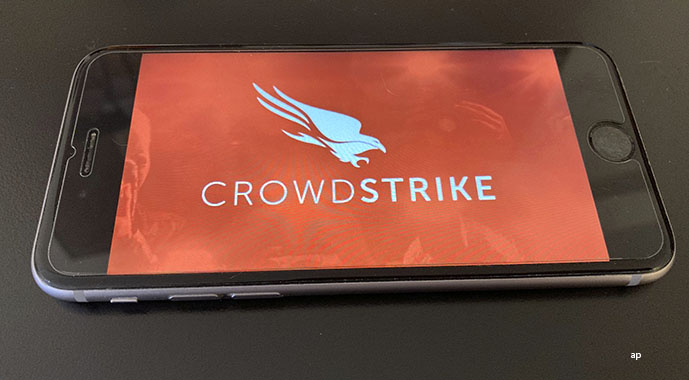
Last week, we talked about what makes a ‘great company’. Great companies are those that you want to hold for the long run. But when investing in equities, fundamentals are not the only parameters to consider. It is critical to pay attention to valuation in order to reach investment success.
Figuring out how much is enough or too much when buying a security mostly relies on two factors – 1) The intrinsic value you estimate, and 2) The price the market offers.
If your facts are right, the best a valuation model will get you is an approximate valuation of a company. Finance is not a science; it is an art which mostly relies on subjective assessment. This is why could have different estimates of fair value for the same company.
You usually figure out how much cash a company will generate over a period of time (our analysts at Morningstar work on 10 year timeframe) and then discount it back using the cost of capital (which will also rely on your own estimate of what’s the appropriate premium you want to get to own stocks).
Knowing how much you can pay “is where it gets really difficult, because you can’t build models analysing these companies with any kind of precision,” says value investor Vitaliy Katsenelson.
That’s why you will need basic principles.
Margin of Safety
One you can heavily rely on is the “margin of safety”. It was established by Benjamin Graham in his seminal books Security Analysis and The Intelligent Investor. He explains the concept as the difference between the market price and the intrinsic value of a company. If you get something wrong in your valuation model, the margin of safety is here to protect your capital.
“Make sure you buy cheap enough that if the future is not as bright as you anticipate, you don’t lose money,” says Katsenelson.
Finding a margin of safety is really difficult, especially for great companies, which tend to trade at a premium compared to the rest of the market.
But there are times when the market can trade even great companies at (deeply) discounted prices, which gives investor an opportunity to buy great assets at a more reasonable price. It’s exactly what happened during the first quarter of 2020, when the world economy and the stock markets were hit by the Covid-19 pandemic, or during the last quarter of 2018. Other such buying opportunities include the global financial crisis of 2008 or the euro crisis of 2010-2011.
Normal Times
But out of recessions and financial crisis, how much do you pay for great companies? That’s a trickier question, but you can here really on history.
Most great companies have long listing history. It’s not too difficult to check how much the market has been valuing them, compared to the rest of the market, over a long period of time.
If you look at the evolution of their price-to-equity ratio for instance, you can get a sense of when those names were attractively valued and check how much their fundamentals were at the time.
When available, you can also use the Morningstar Rating for Stocks to see how the price of the stock has evolved over time. Since it considers the evolving fair value of a company, as estimated by Morningstar’s analysts, you can also spot attractive valuations. A 4-star rated stock is usually considered undervalued. Additionally, you could consider the Morningstar Economic Moat rating, or a company’s competitive advantage. If the company earns a narrow or wide economic moat, it means that it has the potential to fend off competition for years to come.
All those tools can help you save some time. But the most important thing is to always understand the company you want to invest in. Read the company’s annual report and make sure you understand the business model, the management, and are comfortable with their financials.
This requires some work but it’s always to have solid arguments that rely on your own assessment.



























